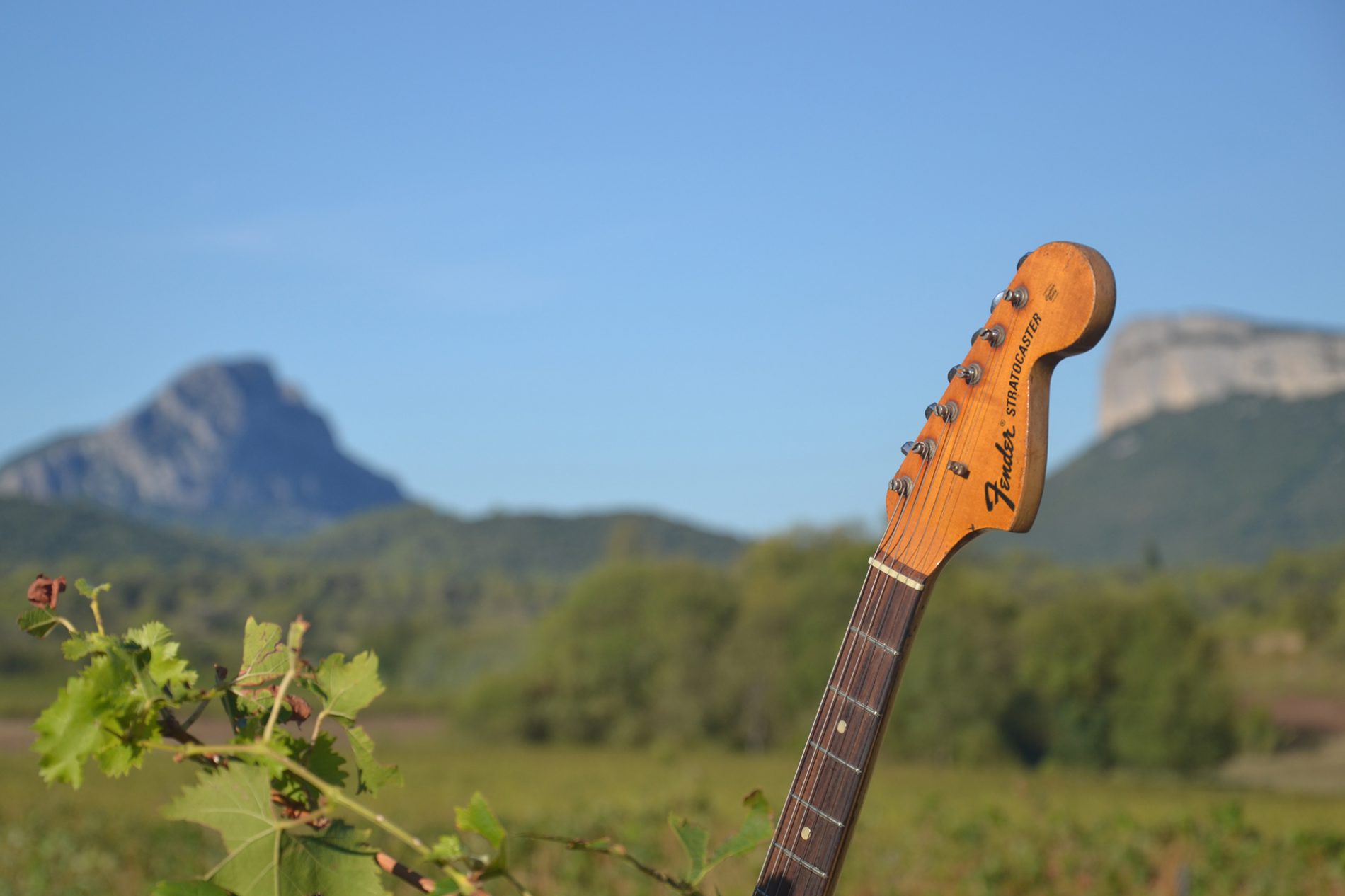Buried underground for months and years through all sorts of weather will test even the best air-tight containers. A concealment type cache is typically inside the FRP so a specific description of the FRP will lead you right to it. Weekly Specials Low Price Guarantee Survival Food Emergency Food Supply Kits 72-Hour Kit 1-Week Supply 1-Month Supply 3-Month Supply 6-Month Supply 1-Year Freeze Dried Food Supply Grab & Go Buckets #10 Cans Pouches Vegetarian Survival Food Foods Breakfast Entres Lunch & Dinner Entres Desserts & Snacks Fruits & Vegetables Meats Dairy Drinks Places where you can hide your preps include: Consider soil type if youre burying a cache. Get yours form an Amazon original when you click here. Check Price on Chewy. Plastic wrap used for moving works well for this. You need to have a basement that is accessible with a trap door. Sit Boo-Boo Electric Dog Fence - Best Value. It's fine, easy to dig and drains pretty well. Keep in mind that digging does make some noise, especially when you strike rocks, so ensure no one is within earshot additionally. Use a scrap metal pile or even half bury some junk metal or rebar plugs around it to hide your cache. You now have a watertight, structurally solid package that will last many years under the earth! For this process, we will use the weeder tool to help clear the trenches and drive the wire underground. This creates a false positive and makes a metal detector useless. Youll need two safe routes to take to and from the site. Next, all you need to do is attach the bag to the vacuum sealer machine and pull all the air out of the bag. Traveler, photographer, writer. If you are already doing any sort of digging project, thats the time to bury cash. Know how to manage low tides that could expose your cache or increased depths that might crush it. We are compensated for referring traffic and business to Amazon and other companies linked to on this site. Safes are part of the solution, but what about going back to a true classic and burying money underground? Or bury your real cache three feet underground, and then slip the decoy on top covered by some roots and foliage. Ingress refers to your journey toward your cache and egress is when you leave it. Plastic or metal (stainless steel, steel, and aluminum) are the best options. Wrap the plastic around the square multiple times to ensure it will be protected against moisture. As an Amazon Associate I earn from qualifying purchases. To learn more about the MTM Survivor Dry Box, click here. This requires careful thought. If you do not own the actual plot of land then you probably shouldnt bury your money there, who knows who owns the plot of land and you might wake up one day and see that there is a construction crew working at the location. Be very careful not to lose track of the gravesite! With multiple size options and high corrosion resistance, your money and the container will be as good as the day you dug the hole. Find a good location where to bury the money, Leave no signs of digging where you have buried the money, Place the money into PVC pipes to bury it, Use heavy-duty garbage bags to bury the money, Use a plastic container to bury the money. You can bury money without deteriorating by sealing it in a Ziploc bag and then placing it in a much bigger one before placing it inside a good sized steel safe and then burying it inside a concrete vault. In addition to this, some people will drill holes in the bottom of the container so that the water has a place where to drain out, this is not necessary and in the long run, it might do more harm than good. The best method for burying money underground is to seal it in a zip-lock bag that has had the air vacuumed out of it. Plastic pipe will withstand virtually all of the elements as well: acids, salts, water and other natural elements. Choose from four different sizes of dual-end opening time-capsule style containers. Group the bills into equal-sized stacks that can sit evenly next to each other. Preppers use a number of landmarks for this, including mile markers on low-traveled roads, war memorials, geodetic survey markers, telephone poles, cemetery headstones, small bridges and boundary markers. But thats not a problem for you since you have your safe correctly anchored, bolted securely to the structural members of the home, right? Currency is often useless in economic collapse or civil war anyway. In both methods, your recovery instructions should estimate direction from one or both of the FRPs to the cache site. If you choose to bury food and water at one location, and weapons and ammo at another ten miles away, you may have difficulty recovering the full set of supplies. The Top Bartering Skills to Have Post-Collapse. Trenching and digging guidance. Get a posthole digger and dig some holes in a location of your choice about 5-6 feet deep. In addition to this the deeper you dig the less water will go through that layer, just do not dig so deep that you actually find water. Save my name, email, and website in this browser for the next time I comment. document.getElementById( "ak_js_1" ).setAttribute( "value", ( new Date() ).getTime() ); This website is enrolled in the Amazon Services LLC Associates Program, an affiliate advertising program designed to provide means for sites to earn advertising fees by advertising and linking to Amazon.com. You have probably already seen a couple of movies where somebody has buried money, especially pirate movies. The crush of water pressure increases with the depth of the water. Erasing your movements in a leafy area is easier if you use a branch to swish the leaves back into place after you have been busy, as in covering tracks in a sandy area. Snow is telling, leaving tracks that cannot be easily erased, while frozen ground is hazardous, especially when youre bugging out in a hurry. Is this a good plan?? It should last pretty well for a few years. Plastic wrap used for moving works well for this. This is one of the most important steps in the entire operation. Now, before you bury your precious commodity, drop everything and map the location to the site! Believe it or not, your hole can have style horizontal or vertical. Isn't King Charles III still also the King of England? The desiccant pack will intercept any moisture that is still in the tube or that makes its way in through your seals. If you are wondering why preppers invest in silver then check out my recent article Why preppers invest in silver? Keeping what you have safe until some unknown future date when you will need it is problematic at best. Caches are an affordable, secure and virtually bombproof way of stashing your preps. By signing up you are agreeing to receive emails according to our privacy policy. If you plan on leaving you cache for several years, know the depth of the frost line and dig as far below as possible. Youll need to be sneakier than that. Forget using GPS satellites may be non-operational during a crisis. Measure your now watertight package and construct a wooden box using wood panels one inches thick. How can I deter other animals if I don't have pepper spray? Use branches with leaves on them, or any other convenient natural implement to break up your tracks and your tool marks. Dogtra E-Fence . Your e-mail is 100% safe. Experts Reliable Opinion, It is a myth that you cannot legally bury your money, MTM Survivor Dry Box with O-Ring Seal from Amazon. An old truck body can make a great cache. There are a number of different options when it comes to saving your money. You can use sandpaper or just scrape the tip on a concrete pavement. Don't pick an obvious spot. If you insist on burying money, at least use Sacagawea dollars, Susan B. Anthony silver dollars or any other metal coin. Think about the climate. Metal is the best rodent proof material although the very tough plastics now made could last very well. A scavenger will have as good an eye as you for a concealment site, so keep this in mind when picking one. % of people told us that this article helped them. A few examples of badly chosen terrain might be: an empty lot, a spot near a water main, a spot close to a public road or a playground/school. Thanks to inexpensive plastic plumbing pipe (PVC Pipe) and waterproof resins, you can make your own do-it-yourself underground safe to hide your cash, gold, jewelry, heirlooms, important documents, or any other valuables. Experts Reliable Opinion. Stick to high ground and dont dig in a high risk flood zone. Secure each stack with a rubber band to hold it in place. In times of uncertainty, stocking up isnt your only concern. This is why its important that you first determine the depth of the body of water youve chosen as well as the pressure threshold of the container itself. As a general rule, you should dig your hole in an area which is far away from trees. First list the easily recognizable points, such as city and state. To create this article, 22 people, some anonymous, worked to edit and improve it over time. Disable your vehicles OnStar or TomTom, or your every movement is recorded! Bury your cache within a 50m sight line to avoid errors. To save time and frustration, your directions for recovery should detail the specific spot where the cache is buried related to the final points of reference. Burying money is a fairly old practice, people have been doing it for thousands of years. Banks, credit unions and other financial institutions offer numerous deals and interest rates to entice you to trust them with the safe storage and handling of your income. Burying documents like birth certificates, real estate deeds and passports are at risk of decay, unless you have them heat sealed into bags, together with some desiccant. For maximum security, it is recommended that you bury your package. Include your email address to get a message when this question is answered. 4) Burying in yard. Burying cash and other valuables is an excellent way to ensure concealment, security and also provide easy identification for anyone who might come sniffing around trying to find it. You cache site should look natural and as untouched as possible, so that curious hikers or other survivors dont accidentally discover it. Count out how many paces it takes to get to the location from a start point near the house. Once you have your bills sorted and stacked to your satisfaction it is time to tie them into nice, tidy bundles. Landmarks like trees, rocks, and buildings change over time. Before sealing the bag, press it flat to let any air escape and zip the top of it closed. You could hide weapons in a plastic bin labelled lucerne hay, or canned foods in a drum marked chicken feed. Step 2 Set the money-filled zip-top bag inside an airtight canister. Insert your package into the wooden box and repeat the garbage bag/tape job two times for good measure. . The more layers of protection the money has against water the safer it will be. Because of changes in water level due to seasons or tides, its crucial to test the container at the deepest level of water it could be subjected to throughout the years. It should be easy to locate with clear instructions. if(typeof ez_ad_units != 'undefined'){ez_ad_units.push([[250,250],'survivalzest_com-leader-1','ezslot_9',115,'0','0'])};__ez_fad_position('div-gpt-ad-survivalzest_com-leader-1-0');if(typeof ez_ad_units != 'undefined'){ez_ad_units.push([[250,250],'survivalzest_com-leader-1','ezslot_10',115,'0','1'])};__ez_fad_position('div-gpt-ad-survivalzest_com-leader-1-0_1'); .leader-1-multi-115{border:none !important;display:block !important;float:none !important;line-height:0px;margin-bottom:15px !important;margin-left:auto !important;margin-right:auto !important;margin-top:15px !important;max-width:100% !important;min-height:250px;min-width:250px;padding:0;text-align:center !important;}The extremely durable construction is ideal for geocaching. {"smallUrl":"https:\/\/www.wikihow.com\/images\/thumb\/f\/f8\/Bury-Valuables-to-Keep-Them-Safe-Step-1.jpg\/v4-460px-Bury-Valuables-to-Keep-Them-Safe-Step-1.jpg","bigUrl":"\/images\/thumb\/f\/f8\/Bury-Valuables-to-Keep-Them-Safe-Step-1.jpg\/aid88998-v4-728px-Bury-Valuables-to-Keep-Them-Safe-Step-1.jpg","smallWidth":460,"smallHeight":259,"bigWidth":728,"bigHeight":410,"licensing":"
License: Creative Commons<\/a> License: Creative Commons<\/a> License: Creative Commons<\/a> License: Creative Commons<\/a> © 2016-2019 FESTAPIC | Site créé par
\n<\/p>
\n<\/p><\/div>"}, {"smallUrl":"https:\/\/www.wikihow.com\/images\/thumb\/1\/19\/Bury-Valuables-to-Keep-Them-Safe-Step-2.jpg\/v4-460px-Bury-Valuables-to-Keep-Them-Safe-Step-2.jpg","bigUrl":"\/images\/thumb\/1\/19\/Bury-Valuables-to-Keep-Them-Safe-Step-2.jpg\/aid88998-v4-728px-Bury-Valuables-to-Keep-Them-Safe-Step-2.jpg","smallWidth":460,"smallHeight":259,"bigWidth":728,"bigHeight":410,"licensing":"
\n<\/p>
\n<\/p><\/div>"}, {"smallUrl":"https:\/\/www.wikihow.com\/images\/thumb\/d\/d8\/Bury-Valuables-to-Keep-Them-Safe-Step-3.jpg\/v4-460px-Bury-Valuables-to-Keep-Them-Safe-Step-3.jpg","bigUrl":"\/images\/thumb\/d\/d8\/Bury-Valuables-to-Keep-Them-Safe-Step-3.jpg\/aid88998-v4-728px-Bury-Valuables-to-Keep-Them-Safe-Step-3.jpg","smallWidth":460,"smallHeight":259,"bigWidth":728,"bigHeight":410,"licensing":"
\n<\/p>
\n<\/p><\/div>"}, {"smallUrl":"https:\/\/www.wikihow.com\/images\/thumb\/0\/01\/Bury-Valuables-to-Keep-Them-Safe-Step-4.jpg\/v4-460px-Bury-Valuables-to-Keep-Them-Safe-Step-4.jpg","bigUrl":"\/images\/thumb\/0\/01\/Bury-Valuables-to-Keep-Them-Safe-Step-4.jpg\/aid88998-v4-728px-Bury-Valuables-to-Keep-Them-Safe-Step-4.jpg","smallWidth":460,"smallHeight":259,"bigWidth":728,"bigHeight":410,"licensing":"
\n<\/p>
\n<\/p><\/div>"}, {"smallUrl":"https:\/\/www.wikihow.com\/images\/thumb\/9\/9c\/Bury-Valuables-to-Keep-Them-Safe-Step-5.jpg\/v4-460px-Bury-Valuables-to-Keep-Them-Safe-Step-5.jpg","bigUrl":"\/images\/thumb\/9\/9c\/Bury-Valuables-to-Keep-Them-Safe-Step-5.jpg\/aid88998-v4-728px-Bury-Valuables-to-Keep-Them-Safe-Step-5.jpg","smallWidth":460,"smallHeight":258,"bigWidth":728,"bigHeight":409,"licensing":"
tiger stripe camo vehicle wrap


